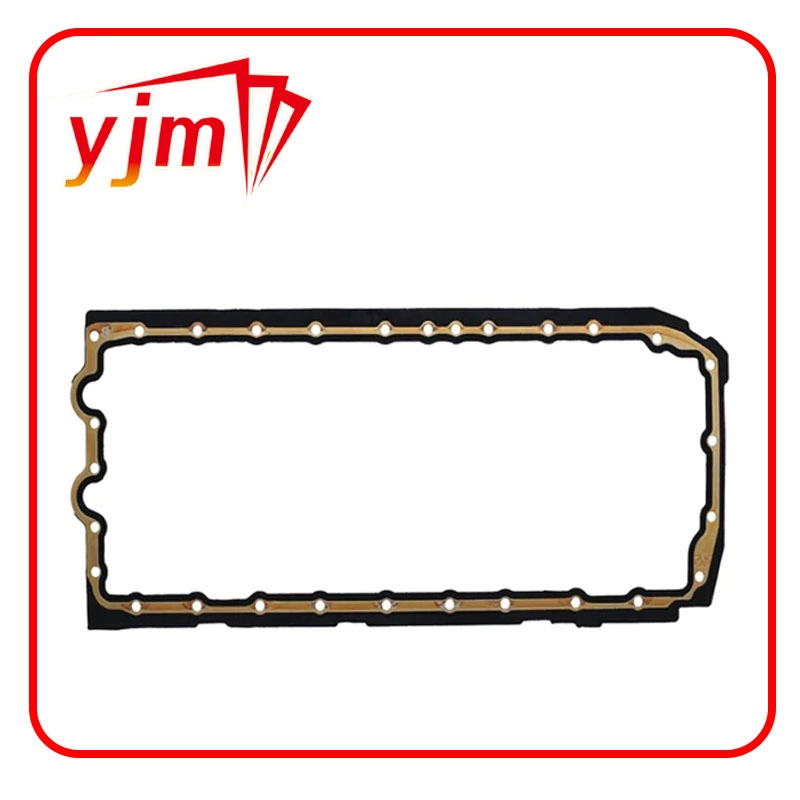transmission gasket seal
Understanding Transmission Gasket Seals Importance and Maintenance
The transmission system in a vehicle plays a critical role in the overall performance and efficiency of the engine. One of the essential components of this system is the transmission gasket seal. Though often overlooked, the gasket seal is vital in ensuring proper operation and longevity of the transmission. In this article, we will delve into the significance of transmission gasket seals, the consequences of neglecting them, and best practices for their maintenance.
What Is a Transmission Gasket Seal?
A transmission gasket seal is a critical component that prevents fluid leaks at the junctions between different transmission parts, typically between the transmission case and the transmission pan. Made from durable materials such as rubber or cork, the gasket seal must withstand high temperatures and pressures while maintaining a tight seal. This ensures that the transmission fluid remains contained within the system, which is essential for the lubrication, cooling, and overall function of the transmission.
Importance of Transmission Gasket Seals
The transmission relies heavily on its fluid for optimal performance. Transmission fluid serves multiple purposes it lubricates moving parts, cools the system, and provides hydraulic pressure necessary for gear shifting. A properly functioning gasket seal ensures that the transmission fluid does not leak out, which can lead to suboptimal engine performance and even catastrophic damage if the fluid level drops too low.
Furthermore, a good gasket seal prevents dirt and debris from entering the transmission system. Contaminants can cause wear and tear on transmission components, leading to increased maintenance costs and reduced vehicle reliability.
Consequences of Neglecting Gasket Seals
When a transmission gasket seal begins to fail, the first noticeable symptom is often a fluid leak. This can manifest as spots of red or brown transmission fluid under the vehicle where it has been parked. Ignoring these leaks can lead to serious consequences, including
1. Fluid Depletion Low fluid levels can cause the transmission to overheat and eventually fail, leading to costly repairs or even the need for a complete transmission replacement. 2. Poor Performance Slipping gears, rough shifting, or delayed engagement may occur as a result of insufficient fluid pressure caused by leaks.
transmission gasket seal

Best Practices for Maintenance
To ensure the longevity and efficient operation of a transmission gasket seal, regular maintenance is essential. Here are some best practices to consider
1. Regular Fluid Checks Periodically check transmission fluid levels and conditions. Topping off or replacing fluid as needed will help maintain proper transmission operation.
2. Visual Inspections Regularly inspect the area around the transmission for signs of leaks. Early detection can prevent more severe issues down the line.
3. Replacement During Service Always replace the gasket seal when undertaking any significant transmission service, such as fluid changes or repairs. This reduces the risk of leaks and ensures a proper fit.
4. Professional Assessments If you suspect an issue with your transmission gasket seal, consult a professional mechanic. They can provide a thorough diagnosis and recommend necessary repairs.
Conclusion
In summary, the transmission gasket seal is a small yet vital component of any vehicle’s transmission system. Its primary role in containing fluid and preventing leaks is crucial for maintaining optimal transmission performance and preventing extensive damage. By staying vigilant with maintenance and promptly addressing any signs of wear, vehicle owners can ensure their transmission remains in top condition for years to come.
-
Understanding the Front Main Engine Seal: Purpose, Maintenance, and Installation
News Jul.29,2025
-
Understanding O-Rings and Seal Rings: Types, Applications, and Custom Solutions
News Jul.29,2025
-
Understanding Crankshaft Oil Seals: Rear Seals, Pulley Seals, and Their Role in Engine Integrity
News Jul.29,2025
-
The Importance of Front and Rear Crankshaft Seals in Engine Performance and Oil Management
News Jul.29,2025
-
Crank Oil Seals: Functions, Types, and Cost Considerations in Engine Maintenance
News Jul.29,2025
-
A Comprehensive Guide to O-Rings and Seals: Types, Materials, and Global Applications
News Jul.29,2025
-
Mastering Diesel and Performance Engine Maintenance: A Guide to Critical Oil Gaskets
News Jul.28,2025
Products categories















